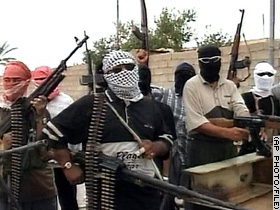Jul.25.2009
by Ed Beakley
EEI # 8 Examining the Jakarta Attacks: Trends and Challenges
Essential Elements of Information for a Culture of Preparedness
Terrorism – Current analysis posted with permission of STRATFOR
By Scott Stewart and Fred Burton
On the morning of July 17, a guest at the JW Marriott hotel in Jakarta came down to the lobby and began walking toward the lounge with his roll-aboard suitcase in tow and a backpack slung across his chest. Sensing something odd about the fellow, alert security officers approached him and asked him if he required assistance. The guest responded that he needed to deliver the backpack to his boss and proceeded to the lounge, accompanied by one of the security guards. Shortly after entering the lounge, the guest activated the improvised explosive device (IED) contained in the backpack, killing himself and five others. Minutes later, an accomplice detonated a second IED in a restaurant at the adjacent Ritz-Carlton hotel, killing himself and two other victims, bringing the death toll from the operation to nine — including six foreigners.
The twin bombings in Jakarta underscore two tactical trends that STRATFOR has been following for several years now, namely, the targeting of hotels in terrorist attacks and the use of smaller suicide devices to circumvent physical security measures. The Jakarta attacks also highlight the challenges associated with protecting soft targets such as hotels against such attacks.
Hotels as Targets Continue Reading »
Filed in 4GW,Culture of Preparedness,Elements of Essential Information,Intelligence,Terrorism | Comments Off






